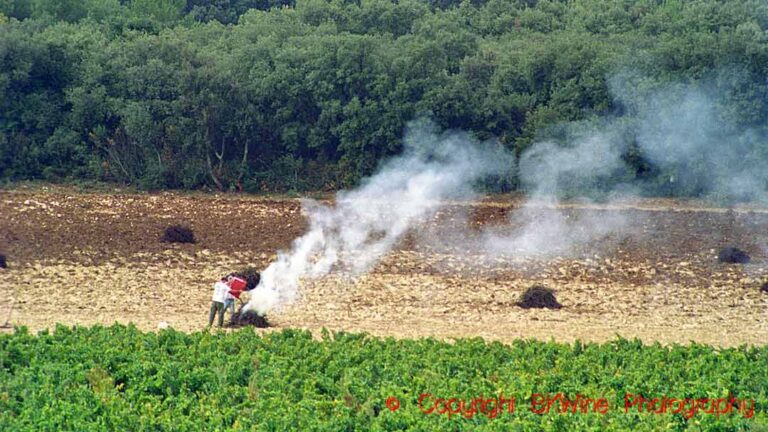In France, it has so far been forbidden for a wine region to plant a grape variety that is considered emblematic in another wine region. Regions such as Alsace, Savoie and the South West had a tight hold of some of their famous varieties. Bus this is no longer the case, INAO (Institut national de l’origine et de la qualité) has decided.
Other regions will now be allowed to experiment with such grapes. They can be planted on a maximum of 5% of the surface and included in a blend with a maximum of 10%. (Just as has already been done in e.g. Bordeaux and Champagne for some grapes.)
Alsace will soon start experimenting with chenin blanc, syrah and rolle (vermentino). They want to see how well these grapes can adapt to the climate in Alsace with regard to climate change.
For the same experimental purpose, Alsace will also plant fungus-resistant grapes (hybrids), five white varieties, opals, selenos, voltis, johannites and souvignier gris and one red, coliris. These varieties have good resistance to downy mildew and/or powdery mildew, but it is still necessary to spray once or twice during the year to maintain the resistance. (Read more here: Fungal disease attacks fungus-resistant grapes.)
Voltis is already available as an experimental grape in Champagne. Souvignier gris is planted on around 300 hectares in France and gives promising results.
Read more: vitisphere











